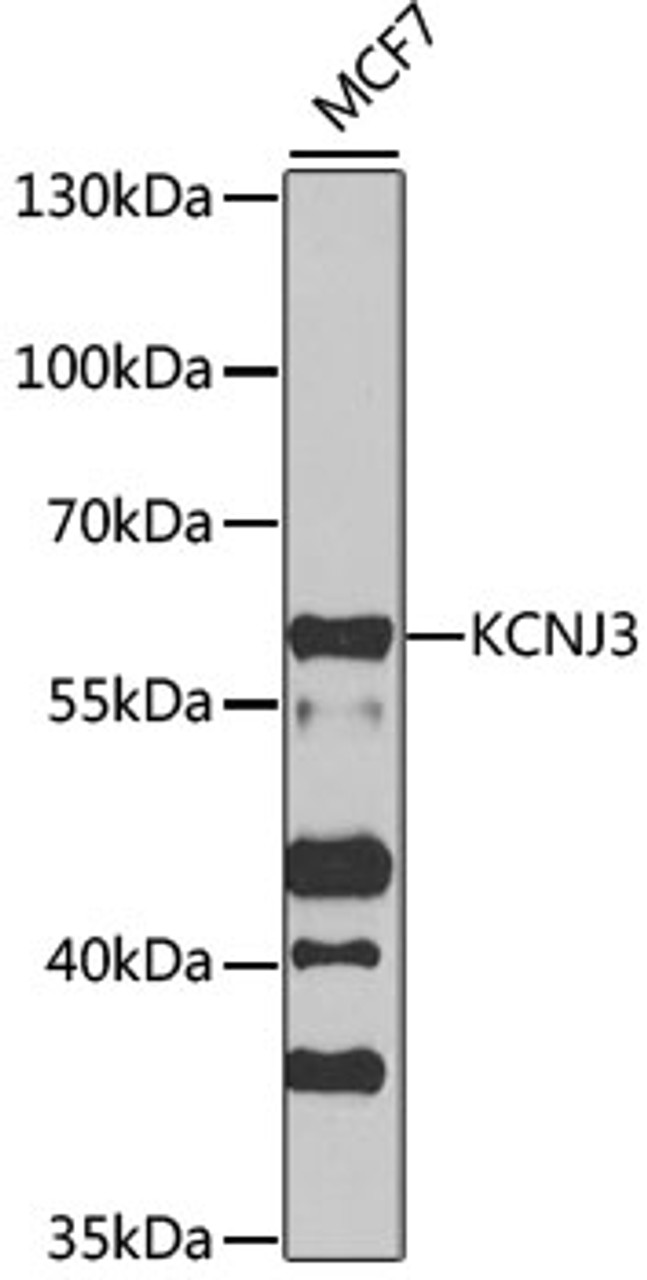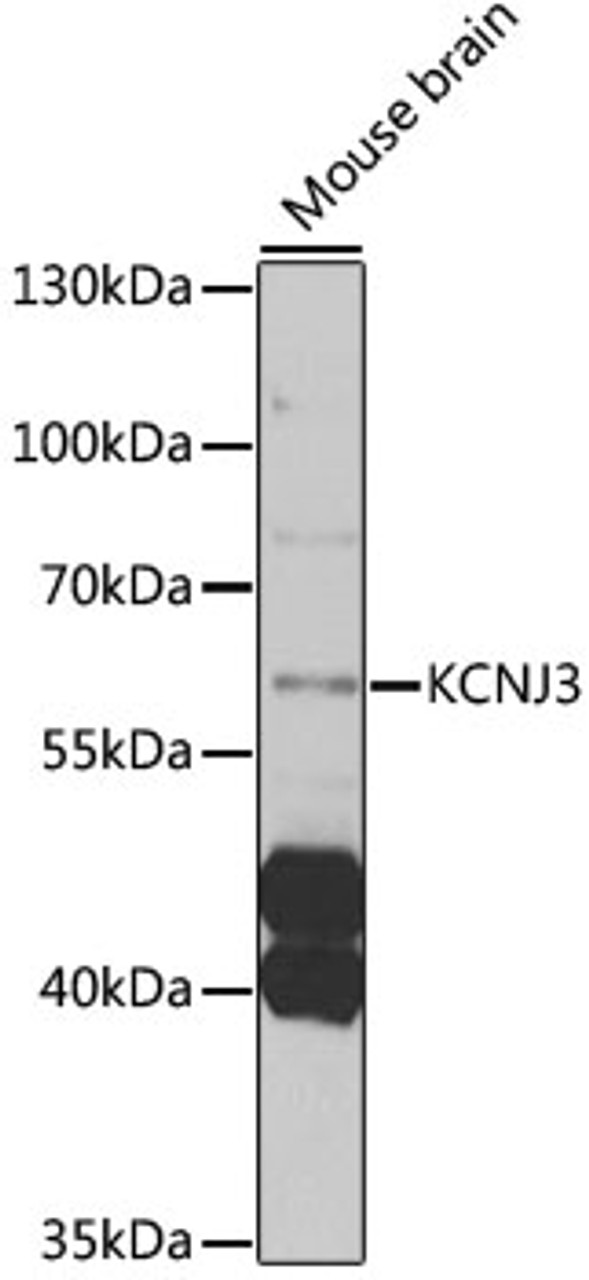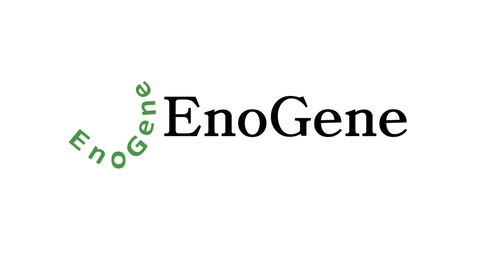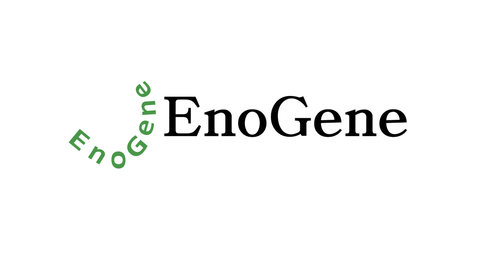Product Description
KCNJ3 Antibody | 14-435 | ProSci
Host: Rabbit
Reactivity: Human, Mouse, Rat
Homology: N/A
Immunogen: A synthetic peptide corresponding to a sequence within amino acids 50-150 of human KCNJ3 (NP_002230.1) .
Research Area: Neuroscience
Tested Application: WB
Application: WB: 1:500 - 1:2000
Specificiy: N/A
Positive Control 1: MCF7
Positive Control 2: Mouse brain
Positive Control 3: N/A
Positive Control 4: N/A
Positive Control 5: N/A
Positive Control 6: N/A
Molecular Weight: Observed: 60kDa
Validation: N/A
Isoform: N/A
Purification: Affinity purification
Clonality: Polyclonal
Clone: N/A
Isotype: IgG
Conjugate: Unconjugated
Physical State: Liquid
Buffer: PBS with 0.02% sodium azide, 50% glycerol, pH7.3.
Concentration: N/A
Storage Condition: Store at -20˚C. Avoid freeze / thaw cycles.
Alternate Name: GIRK1, KGA, KIR3.1, G protein-activated inward rectifier potassium channel 1, GIRK-1, inward rectifier K (+) channel Kir3.1, inward rectifier K+ channel KIR3.1, potassium channel, inwardly rectifying subfamily J member 3, potassium inwardly-rectifying channel subfamily J member 3 splice variant 1e, potassium inwardly-rectifying channel, subfamily J, member 3
User Note: Optimal dilutions for each application to be determined by the researcher.
BACKGROUND: Potassium channels are present in most mammalian cells, where they participate in a wide range of physiologic responses. The protein encoded by this gene is an integral membrane protein and inward-rectifier type potassium channel. The encoded protein, which has a greater tendency to allow potassium to flow into a cell rather than out of a cell, is controlled by G-proteins and plays an important role in regulating heartbeat. It associates with three other G-protein-activated potassium channels to form a heteromultimeric pore-forming complex that also couples to neurotransmitter receptors in the brain and whereby channel activation can inhibit action potential firing by hyperpolarizing the plasma membrane. These multimeric G-protein-gated inwardly-rectifying potassium (GIRK) channels may play a role in the pathophysiology of epilepsy, addiction, Down's syndrome, ataxia, and Parkinson's disease. Alternative splicing results in multiple transcript variants encoding distinct proteins.
 Euro
Euro
 USD
USD
 British Pound
British Pound
 NULL
NULL
















